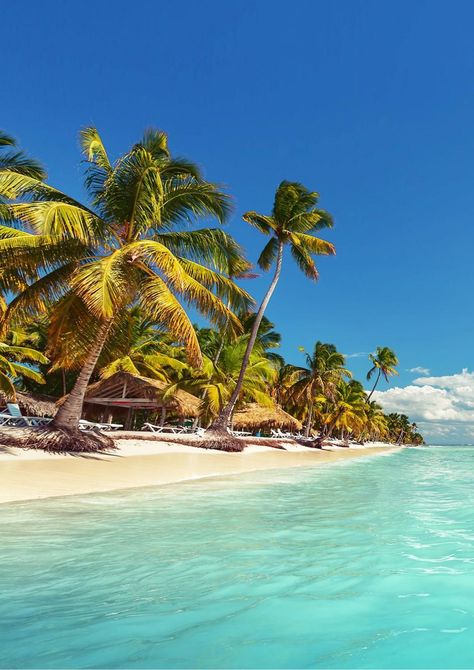country of the West Indies, the largest single island of the archipelago, and one of the more-influential states of the Caribbean region. The main island of Cuba is the largest island in Cuba and in the Caribbean.
From the 15th century, it was a colony of Spain until the Spanish–American War of 1898, when Cuba was occupied by the United States and gained nominal independence under the United States protectorate in 1902.
Cuba was claimed by Christopher Columbus for Spain in 1492. It became the Spanish empire’s most-important source of raw sugar in the 18th century and later earned the sobriquet “The Pearl of the Caribbean.”
For nearly 60 years, the Castro family-controlled Cuba. But in April 2018, it was announced that the island nation long dominated by the specter of its former dictator, Fidel Castro, and his family will get a new leader. On April 19, 2018, the 86-year-old Raúl Castro will step down and Miguel Díaz-Canel Bermudez, his handpicked successor, will become president and head of state.

https://en.wikipedia.org/wiki/Cuba
5 Best places to visit
1.VERADERO

-a multicultural nation in the Caribbean, although it has only 1 major city: Havana (La Habana) the capital and the commercial hub of the country on the northwestern coast. Havana has a scenic waterfront, and fine beaches surround it. A balance of old-world architecture and contemporary nightlife.
Places to see–Sugar, Rum, and Cigar of Cuba factories.
-Visit the historical place of Plaza de la Revolution and the fortress of Castillo del Morro.
–The rum factory of Cardenas -is in the province of Matanzas. Founded by Don Jose Arechabala from Spain and operated a small rum factory called, La Viscaya, the oldest rum distillery in Cuba.
–Cigar of Cuba– The first independent cigar brand established in Cuba was Cabañas, founded by Francisco Cabañas in 1797. Cabañas lasted until 1962 and were discontinued after being nationalized by the revolutionary government of Fidel Castro.
Cuban cigars prior to 1959 set the tastes for aficionados worldwide. The quality of the soil in Cuba’s Pinar del Rio, the main tobacco region, was distinctive. Growers took great pride in their fields, attentively caring for them to assure consistency in flavor from year to year. Partagás Cigar Factory. Located in Old Havana’s Industrial street is a must-see.
Sugar of Cuba-The Cuban sugar economy is the principal agricultural economy in Cuba. Historically, the Cuban economy relied heavily on sugar exports, but sugar production has declined since the breakup of the Soviet Union in 1991. Impreza Azucarera factory is one of the oldest sugar cane factories in Cuba.
2.Cayo Santa Maria

-is an island that can be found in Cuba’s Jardines del Rey archipelago. This archipelago off the northern coast of Cuba has been declared a Biosphere Reserve by UNESCO and is known for its beauty and extensive beaches.
3.Cayo COCO

-(Cays) or (The Keys) is an island in central Cuba, known for its all-inclusive resorts. It lies within the Ciego de Ávila Province and is part of a chain of islands called Jardines del Rey (King’s Gardens).an island just north of mainland Cuba, has some of the world’s most gorgeous beaches—think superfine white sand and shallow, clear water. It’s popular with European travelers seeking a sunny escape at one of the island’s beach-side resorts. Snorkeling and diving are fantastic.
4.Santiago de Cuba

is the second-largest city in Cuba and the capital city of Santiago de Cuba Province. It lies in the southeastern area of the island, some 870 km (540 mi) southeast of the Cuban capital of Havan was the fifth village founded by Spanish conquistador Diego Velázquez de Cuéllar on July 25, 1515. The settlement was destroyed by fire in 1516 and was immediately rebuilt. The settlement was destroyed by fire in 1516 and was immediately rebuilt.
5. Holguin–

-Very nearby Holguin, the first European visitor set foot on Cuba. Christopher Columbus landed in what is believed to have been today’s Holguín province on October 27, 1492. He declared that it was “the most beautiful country human eyes had ever seen”.Holguín, city, southeastern Cuba.
Founded in the early 16th century, it became a center of insurgency movements and suffered intensely the effects of the Ten Years’ War (1868–78) and the 1895–98 struggle for independence. Holguín, located on fertile rolling plains, is now important communication and trading centre in eastern Cuba.

